Tonatiuh Hernández-Del-Toro
Toward asynchronous EEG-based BCI: Detecting imagined words segments in continuous EEG signals
Apr 13, 2021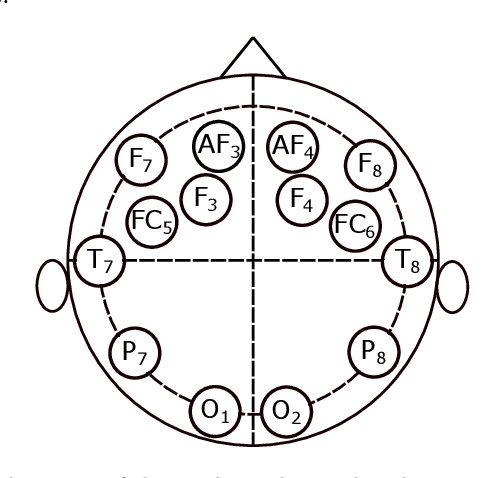

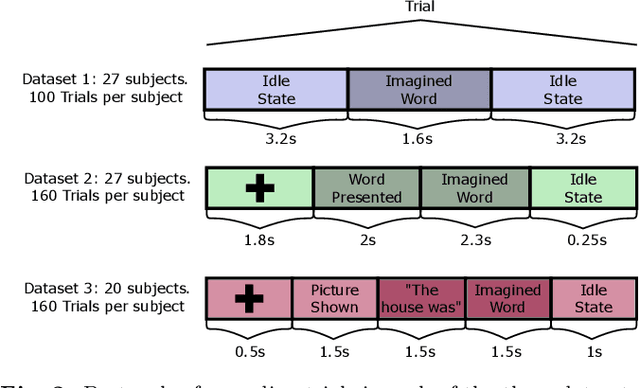

Abstract:An asynchronous Brain--Computer Interface (BCI) based on imagined speech is a tool that allows to control an external device or to emit a message at the moment the user desires to by decoding EEG signals of imagined speech. In order to correctly implement these types of BCI, we must be able to detect from a continuous signal, when the subject starts to imagine words. In this work, five methods of feature extraction based on wavelet decomposition, empirical mode decomposition, frequency energies, fractal dimension and chaos theory features are presented to solve the task of detecting imagined words segments from continuous EEG signals as a preliminary study for a latter implementation of an asynchronous BCI based on imagined speech. These methods are tested in three datasets using four different classifiers and the higher F1 scores obtained are 0.73, 0.79, and 0.68 for each dataset, respectively. This results are promising to build a system that automatizes the segmentation of imagined words segments for latter classification.
* 10 pages, 14 figures
An algorithm for onset detection of linguistic segments in continuous electroencephalogram signals
Dec 11, 2020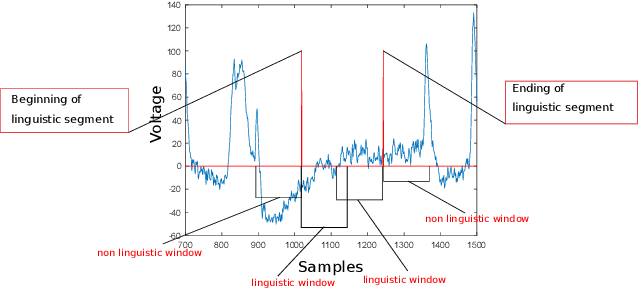
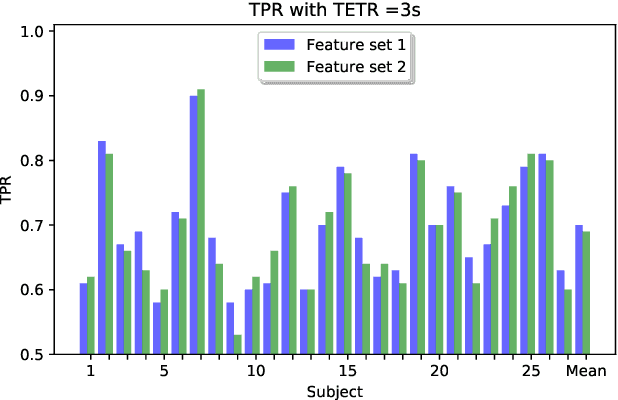
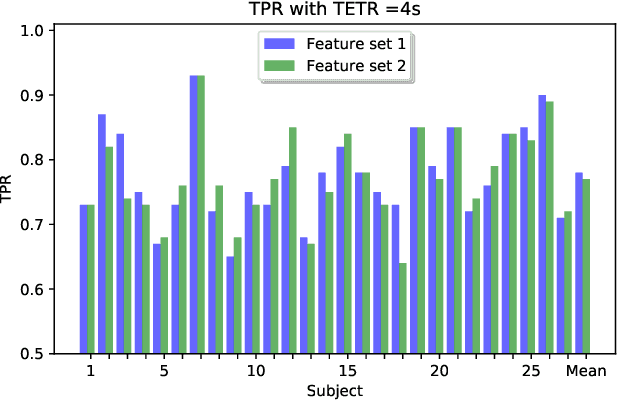
Abstract:A Brain Computer Interface based on imagined words can decode the word a subject is thinking on through brain signals to control an external device. In order to build a fully asynchronous Brain Computer Interface based on imagined words in electroencephalogram signals as source, we need to solve the problem of detecting the onset of the imagined words. Although there has been some research in this field, the problem has not been fully solved. In this paper we present an approach to solve this problem by using values from statistics, information theory and chaos theory as features to correctly identify the onset of imagined words in a continuous signal. On detecting the onsets of imagined words, the highest True Positive Rate achieved by our approach was obtained using features based on the generalized Hurst exponent, this True Positive Rate was 0.69 and 0.77 with a timing error tolerance region of 3 and 4 seconds respectively.
 Add to Chrome
Add to Chrome Add to Firefox
Add to Firefox Add to Edge
Add to Edge